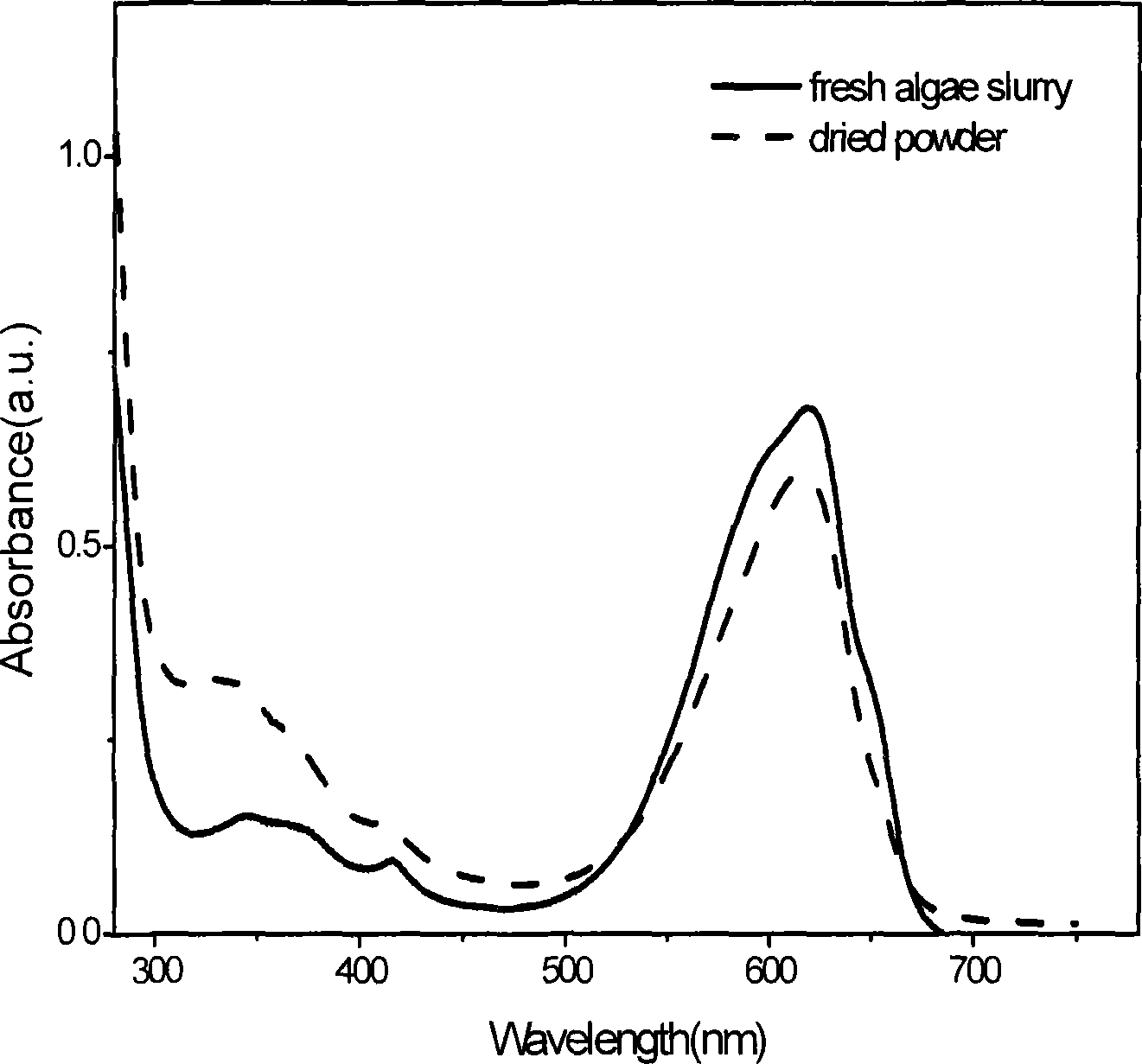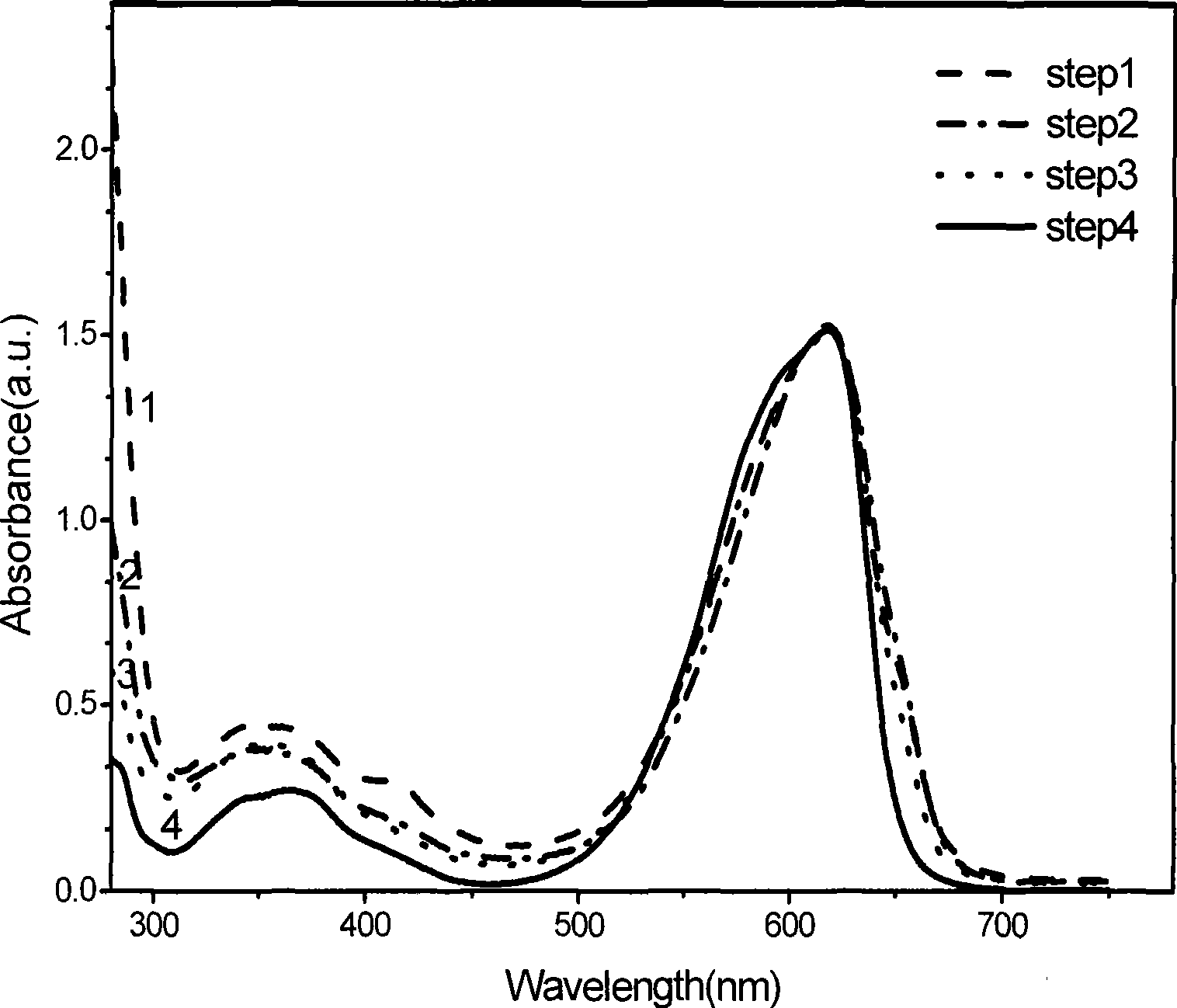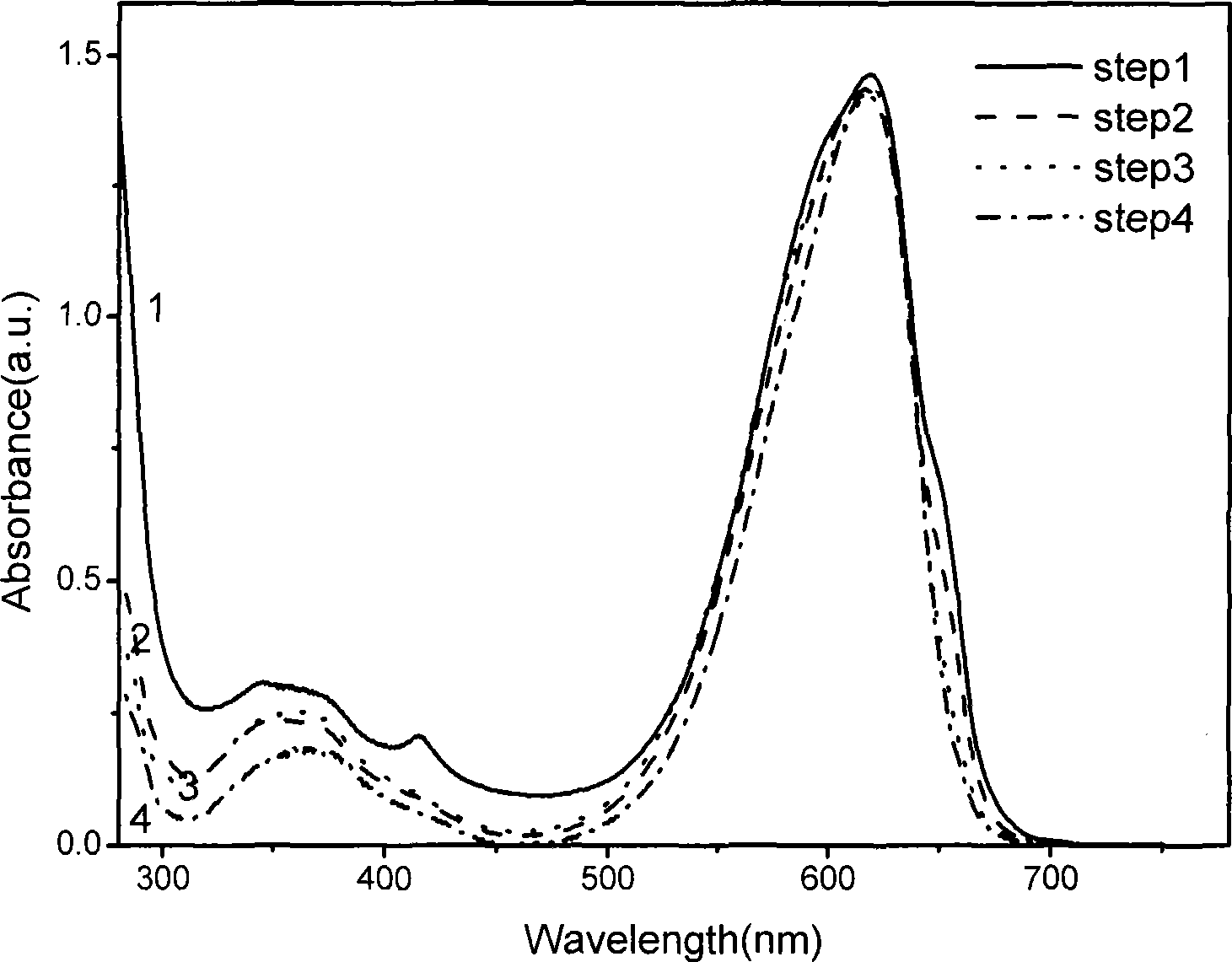Treatment method of heavy metal polluted helical alga
A treatment method, the technology of spirulina, applied in the field of environmental biology, can solve the problems of damage to the health and safety of eaters, harm to human health, harm to lead and cadmium, etc., and achieve the effect of facilitating reuse, preventing secondary pollution, and rapid response
- Summary
- Abstract
- Description
- Claims
- Application Information
AI Technical Summary
Problems solved by technology
Method used
Image
Examples
Embodiment
[0015] Sample source: commercially available spirulina, randomly sampled;
[0016] Detection method: atomic absorption and atomic fluorescence spectrometry, the standard is in accordance with "Food Hygiene Inspection Methods-Physical and Chemical Part", "National Standard for Practical Spirulina Powder" (GB / T16919-1997)
[0017] Test results of 20 commercially available spirulina of different brands
[0018]
[0019] 1) The detected spirulina powder with excessive heavy metals, generally Spirulina platensis, is added with an appropriate amount of deionized water, and the wall is broken by repeated freezing and thawing, centrifuged after breaking the wall, and the supernatant is taken to continue the purification of phycocyanin. The precipitate is then dried for use;
[0020]2) The supernatant was centrifuged at 10,000 g for 30 min. After centrifugation, the supernatant was salted out with 20% solid ammonium sulfate, stirred carefully and fully for 30 minutes, then centrif...
PUM
 Login to View More
Login to View More Abstract
Description
Claims
Application Information
 Login to View More
Login to View More - R&D
- Intellectual Property
- Life Sciences
- Materials
- Tech Scout
- Unparalleled Data Quality
- Higher Quality Content
- 60% Fewer Hallucinations
Browse by: Latest US Patents, China's latest patents, Technical Efficacy Thesaurus, Application Domain, Technology Topic, Popular Technical Reports.
© 2025 PatSnap. All rights reserved.Legal|Privacy policy|Modern Slavery Act Transparency Statement|Sitemap|About US| Contact US: help@patsnap.com



